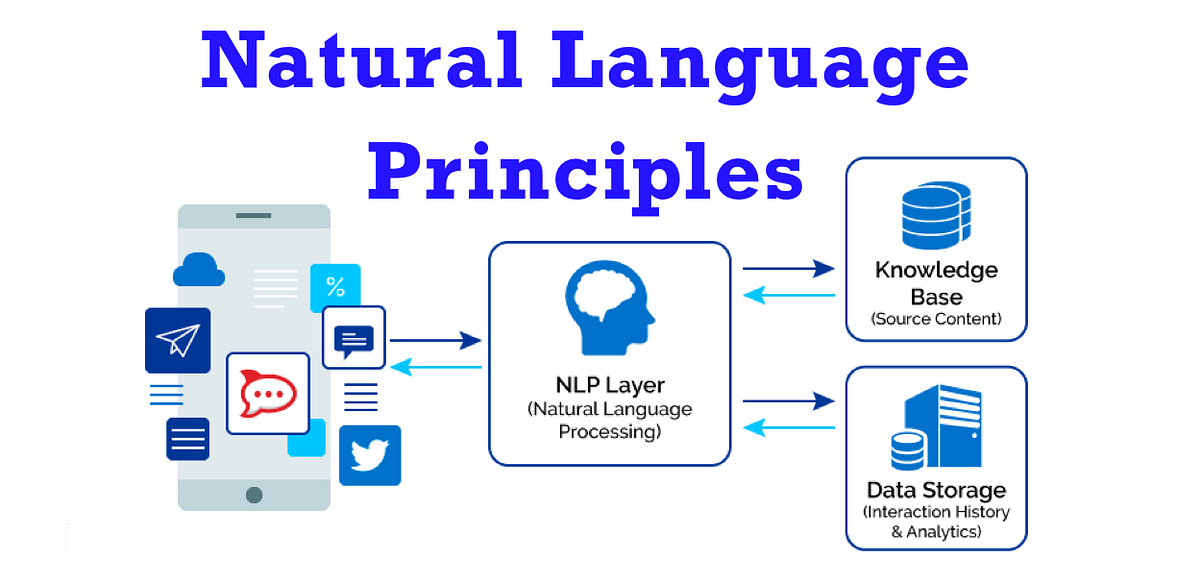In our fast-paced, digitally-driven environment, the demand for timely and efficient communication has never been greater. Automated responses have emerged as a vital tool for businesses and organizations, allowing them to engage with customers quickly and efficiently. This article explores the concept of automated responses, their applications, benefits, challenges, and the future landscape of automated communication.
What Are Automated Responses?
Automated responses are pre-programmed replies that are triggered by specific user actions or inquiries. They can take various forms, including email replies, chatbots, voice messages, and social media interactions. The primary goal of automated responses is to provide immediate assistance or information without requiring human intervention.
4 Types of Automated Responses
- Email Autoresponders: Commonly used in email marketing, autoresponders send pre-set replies to incoming messages. They can acknowledge receipt, provide answers to frequently asked questions, or deliver promotional content.
- Chatbots: Integrated into websites and messaging platforms, chatbots simulate conversation with users. They can answer queries, guide users through processes, and provide support 24/7.
- Voice Assistants: Devices like Amazon Echo and Google Home utilize automated voice responses to provide information, control smart home devices, and answer user questions.
- Social Media Bots: Many businesses use automated responses on social media platforms to engage with customers. These bots can reply to comments, acknowledge messages, and even provide personalized recommendations.
Applications of Automated Responses
Automated responses are utilized across various industries and sectors, enhancing communication in numerous ways:
Customer Support
One of the most significant applications of automated responses is in customer support. By deploying chatbots or automated email replies, businesses can provide instant assistance for common inquiries, reducing wait times and improving customer satisfaction.
E-commerce
In the e-commerce sector, automated responses can help users track orders, confirm purchases, and provide information about returns and exchanges. This immediate feedback enhances the shopping experience and fosters customer loyalty.
Marketing
Email autoresponders are a staple in digital marketing. They can nurture leads by sending personalized follow-ups, promotional offers, and updates about products or services based on user behavior.
Healthcare
In healthcare, automated responses can help patients schedule appointments, receive reminders, and access general health information. This not only streamlines administrative tasks but also improves patient engagement.
Event Management
For events and conferences, automated responses can confirm registrations, send reminders, and provide attendees with essential information. This ensures a smooth experience for both organizers and participants.
5 Benefits of Automated Responses
The implementation of automated responses offers numerous advantages for businesses and organizations:
- Automated responses allow organizations to be available around the clock, providing immediate assistance to users regardless of the time. This is especially beneficial for businesses with a global customer base across different time zones.
- By automating routine tasks and inquiries, organizations can free up human resources to focus on more complex and nuanced issues. This improves overall efficiency and allows staff to concentrate on high-priority tasks.
- Automated responses can significantly reduce operational costs by minimizing the need for extensive customer support teams. This enables organizations to allocate resources more effectively.
- Timely and relevant responses improve the user experience. Customers appreciate receiving immediate answers to their questions, which can lead to higher satisfaction and increased loyalty.
- Automated response systems can gather valuable data on user interactions, preferences, and behaviors. Analyzing this data allows organizations to make informed decisions and tailor their services to better meet customer needs.
The Future of Automated Responses
As technology continues to evolve, the future of automated responses looks promising:
Advancements in AI and machine learning will enable automated response systems to become more sophisticated, understanding context, tone, and intent better than ever before. This will enhance personalization and improve overall user satisfaction.Improvements in NLP will allow automated systems to handle more complex queries and engage in more fluid conversations with users. This will make interactions feel more natural and human-like.
As organizations increasingly adopt omnichannel strategies, automated responses will become integrated across various platforms, providing a seamless user experience. Users will be able to interact with businesses consistently, whether through social media, email, or chat.Future automated response systems will likely offer greater customization options for organizations, allowing them to tailor responses to specific user segments and preferences.As automated responses handle more sensitive information, organizations will need to prioritize security and privacy. Implementing robust data protection measures will be essential to maintain user trust.
Conclusion
Automated responses have become an integral part of modern communication, transforming how businesses interact with their customers. While they offer numerous benefits, including efficiency, cost savings, and improved user experience, organizations must also address the associated challenges. By embracing advancements in AI and machine learning, businesses can create more sophisticated and personalized automated response systems that enhance customer satisfaction. As we look to the future, the role of automated responses will continue to evolve, shaping the way we communicate in an increasingly digital world. Balancing automation with the human touch will be key to achieving lasting success in this dynamic landscape.


